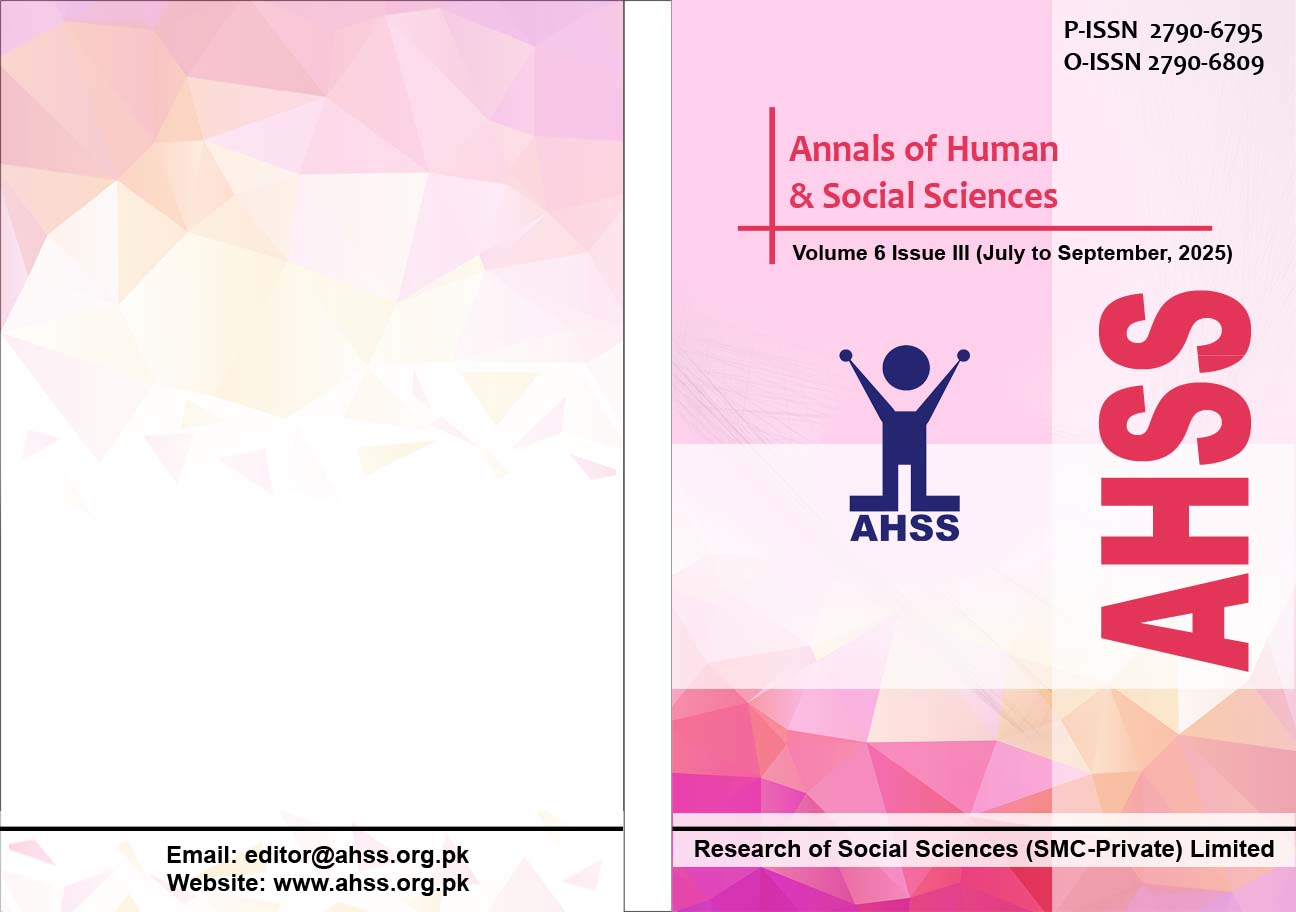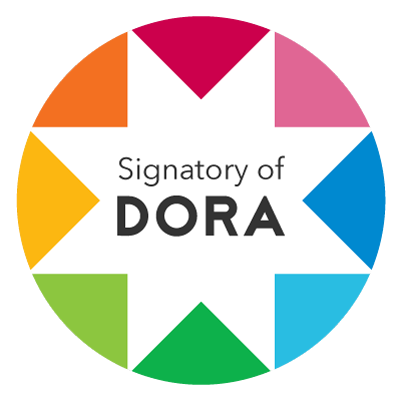Immersive Learning as a Catalyst for Redesigning Instructional Theory and Design
DOI:
https://doi.org/10.35484/ahss.2025(6-III)32Keywords:
Immersive Learning Design, Instructional Design Models, ADDIE Framework, Higher Education Pedagogy, Spatial Learning EnvironmentsAbstract
This study explored how veteran instructional designers interpret immersive learning scenarios using traditional models such as ADDIE and Dick and Carey. It focused specifically on Pakistan’s higher education design context. While immersive technologies promise enhanced engagement and presence, existing research rarely examines how design models adapt to these environments. Legacy instructional frameworks assume structured learning sequences and predictable outcomes. Immersive learning disrupts this logic through embodiment, spatiality, and learner-driven paths. A theory-informed qualitative design was used. Fifteen experts participated in scenario-based focus group discussions structured around the ADDIE model. Data were thematically analyzed using NVivo, with dual coding aligned to structured and experiential frameworks. Findings revealed model breakdowns at all ADDIE stages. Designers struggled to analyze learner readiness, sequence open pathways, define content, implement through outdated systems, and assess emergent learning. Participants improvised with constructivist and experiential strategies when traditional models failed. Instructional design models require transformation, not extension. Institutions must revise designer training, immersive infrastructure, and evaluation philosophy.
Downloads
Published
Details
-
Abstract Views: 209
PDF Downloads: 116
How to Cite
Issue
Section
License
Copyright (c) 2025 Annals of Human and Social Sciences

This work is licensed under a Creative Commons Attribution-NonCommercial 4.0 International License.

RESEARCH OF SOCIAL SCIENCES (SMC-PRIVATE) LIMITED(ROSS) & Annals of Human and Social Sciences (AHSS) adheres to Creative Commons Attribution-Non Commercial 4.0 International License. The authors submitting and publishing in AHSS agree to the copyright policy under creative common license 4.0 (Attribution-Non Commercial 4.0 International license). Under this license, the authors published in AHSS retain the copyright including publishing rights of their scholarly work and agree to let others remix, tweak, and build upon their work non-commercially. All other authors using the content of AHSS are required to cite author(s) and publisher in their work. Therefore, RESEARCH OF SOCIAL SCIENCES (SMC-PRIVATE) LIMITED(ROSS) & Annals of Human and Social Sciences (AHSS) follow an Open Access Policy for copyright and licensing.






